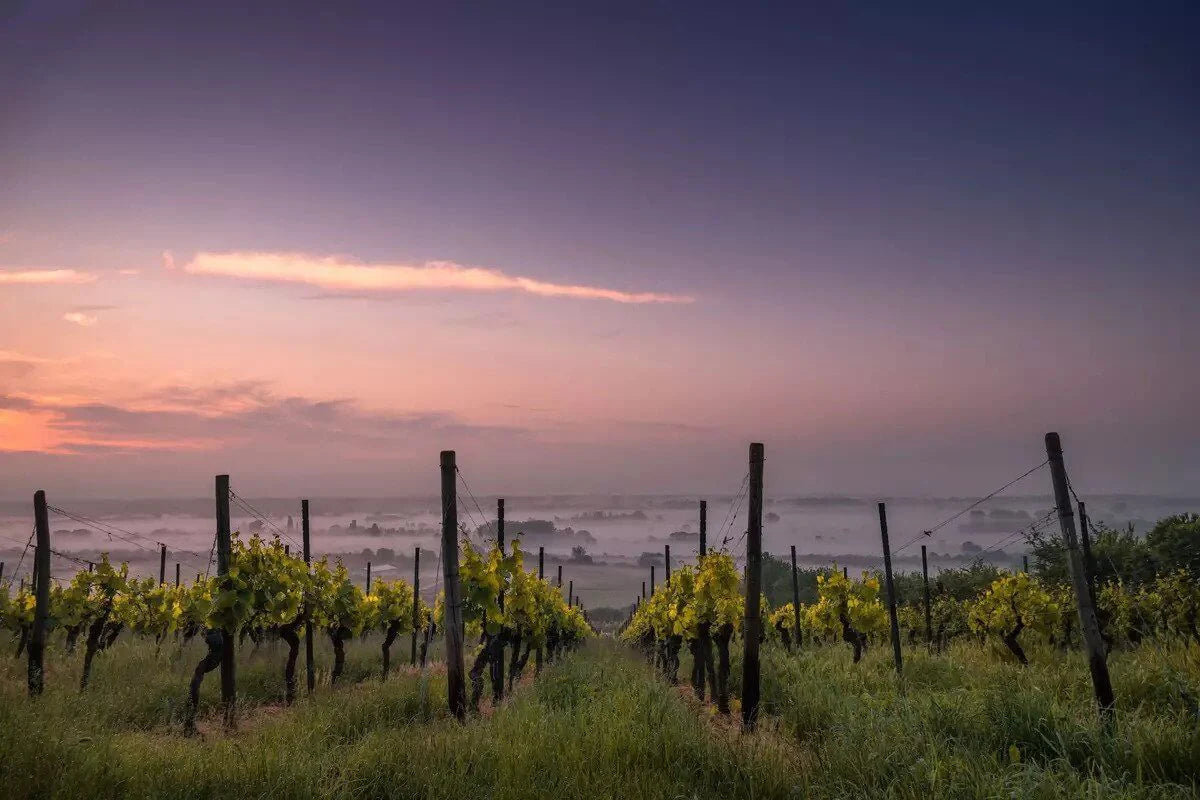2017 Marchesi Antinori Tenuta Solaia
Quick Description

2017 Marchesi Antinori Tenuta Solaia
About the Wine
The prize of the Marchesi Antinori estate is this 50 acre vineyard with southwest facing vines on top of albarese (limestone) and galestro (clay) soils. The wine is only produced in exceptional vintages and it is considered one of the blue chips in all of Italy. A blend of mostly Cabernet Sauvignon, 20% Sangiovese, and a small amount of Cabernet Franc, this may be one of the most floral vintages for this wine from this historic estate.
Tasting Notes
Please see the critical notes below.
Critical Reviews
The Marchesi Antinori 2017 Solaia offers a uniquely floral personality with wild rose and lilac that comes as a surprise, especially if you are expecting the more robust and opulent dark fruit associated with this vintage. To use a word that is popular now, the aromas are absolutely lifted. This is a bouquet-driven wine, showing great oak choices that are synergistic with the light and considerably thinner palate. Dried or pressed flowers cede to cherry, blueberry, some red meat char and a light touch of cinnamon. My impression is that the dry extract from the oak ultimately plays a bigger role in the overall flavor profile, preserving its red fruit core nevertheless. The wine is very accessible in terms of mouthfeel, showing a comparatively thinner and shorter approach. With more time in the glass, it offers some of the white soil dust that is a standard Solaia signature. It will be released the first week of September.
Wine writers like myself tend to refer to 2017 as a "hot" vintage, but we stand corrected by winemakers who choose the word "dry" instead. In truth, the 2017 growing season was both hot and dry, but the lack of moisture in the atmosphere and in the soils is ultimately what had a lasting impact on the vintage. It pushed concentration, color and flavor extract, resulting in visibly smaller, dark berries and raisins with thicker skins and a reduced ratio of watery pulp inside the berries. Indeed, the growing season kicked off with a frost event on April 23-24 that damaged fruit. Following the frost and the drought, yields for the vintage were reduced by as much as one-third at the Tenuta Tignanello, where the Antinori team farms fruit for Solaia, and in much of the rest of the Chianti Classico region. In a vintage such as 2017, the gap between sugar ripeness and phenolic ripeness is enlarged, creating difficult water to navigate for those seeking to achieve balance in their wines. The expertise of a vintner comes into play in a vintage like 2017. Renzo Cotarella, managing director at Marchesi Antinori, goes over some of the strategies employed by his team in 2017. For one, skin contact during fermentation was reduced to about 12 to 14 days, as opposed to the 20 days of maceration seen in the previous year (the 100-point 2016 vintage). The fruit came in dark, so there was no need to extract further. Pump-overs were replaced with punch-downs that tend to be extra soft and fluid, especially in the conical-shaped fermenters used at the Solaia winery. The tiny element of Cabernet Franc was increased to 7% in this vintage, climbing up from 5% in past editions. That increased Cabernet Franc works to increase freshness and the so-called "fruit energy" of the wine. The grape also delivers sweeter tannins, thus taking away from some of the astringency of the two principal grapes used in this blend. These are of course Cabernet Sauvignon and Sangiovese. In a sense, the added Cabernet Franc serves to make vintages such as 2017 less tannic. "Cabernet Franc is really the key to a vintage like 2017," says Mr. Cotarella. The wine completes its malolactic fermentation in neutral barrique, left over from the previous year. All new barrel acquisitions are made after the harvest. This is important in a year such as 2017, because Cotarella and his team can opt for the sweeter tannins of coopers Remond or Taransaud and match their oak selections to the vintage. In a nutshell, the 2017 Solaia is a balanced, albeit more accessible, wine. The bouquet offers robust dark fruit and plum, and the mouthfeel is silky and streamlined. ~95 Wine Advocate
The 2017 Solaia has shut down since I last tasted it about a year ago, but not as dramatically as Tignanello. The difference might be that Sangiovese drives the blend in Tignanello, while Cabernet Sauvignon is at the core of Solaia. Even so, today, I see more energy than in the past. As a recent vertical in London once again proved, Solaia is a wine that needs bottle age to be at its best, even if it's often quite flashy in its youth. There is plenty of the distinct Cabernet Sauvignon character and richness that is so unique to Solaia, but also a good bit of energy as well. ~95+ Antonio Galloni, Vinous
Food Pairing
Lamb
Risotto
Don't Miss This

Step Up Your Wine Experience with Big Hammer Wines
We taste over 5,000 wines tasted every year so you don't have to. We only pick 90+ rated wines sourced from the best wineries from all around the world.
Plus free shipping when you buy 12 or more bottles.

What our customers say about us
Loved This Wine ? Share Your Thoughts!
Click the button below to leave a review.
